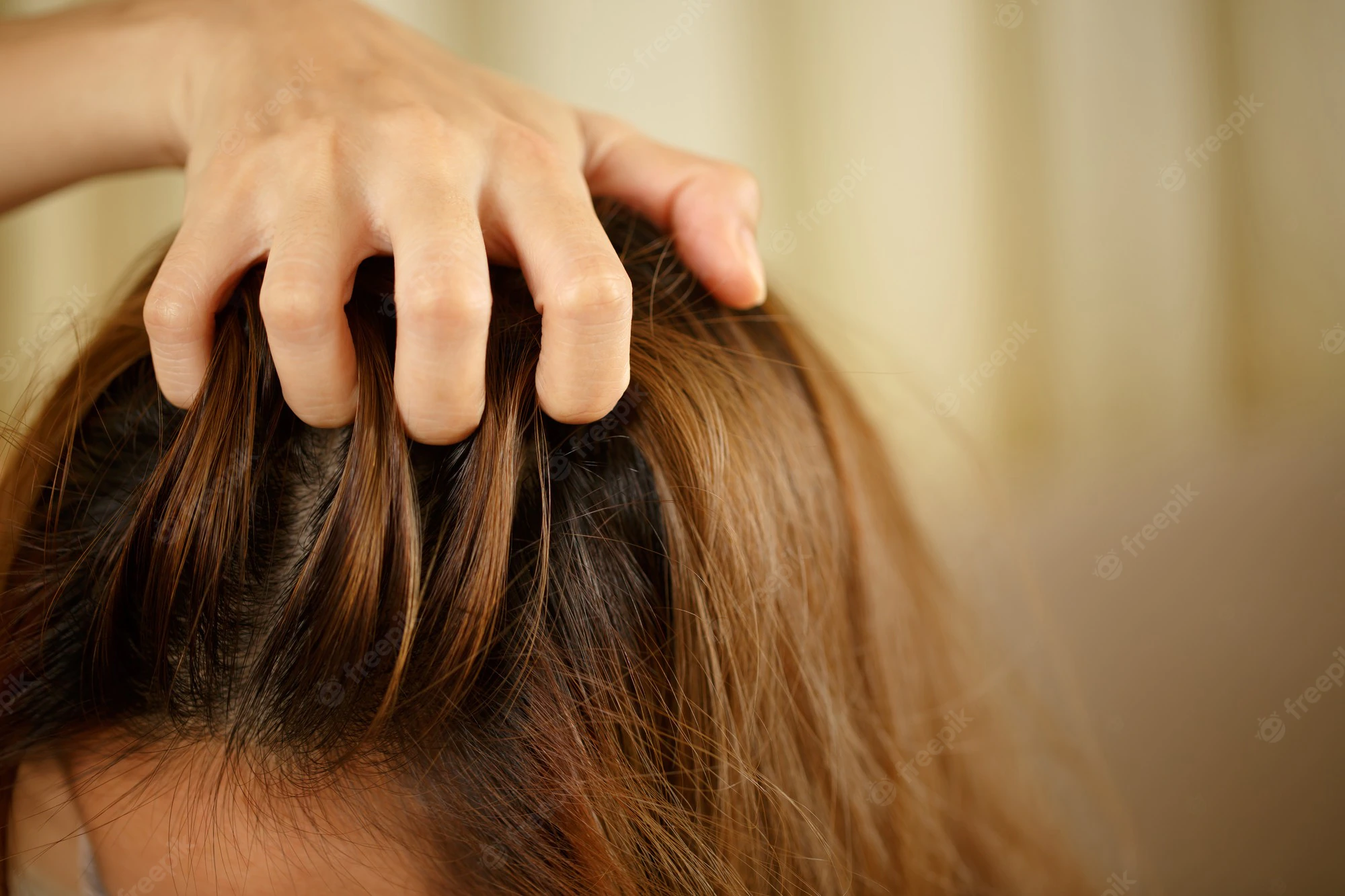
Introduction
Purple shampoo has gained significant popularity in recent years, particularly among individuals with blonde, silver, or highlighted hair. Its primary purpose is to neutralize unwanted brassy or yellow tones, helping maintain a cool and vibrant hair color. However, some concerns have been raised regarding the potential link between purple shampoo and hair loss. In this article, we will delve into this topic to shed light on whether purple shampoo can indeed lead to hair loss.
Understanding Purple Shampoo and Its Function
Purple shampoo is a specific type of shampoo formulated with violet or purple pigments. These pigments work to counteract the brassy tones that often appear in blonde or lightened hair over time. By applying purple shampoo regularly, individuals can effectively balance out the color and achieve a more desirable, cooler shade.
The Role of Ingredients in Purple Shampoo
To comprehend the possible connection between purple shampoo and hair loss, it’s crucial to examine the ingredients commonly found in these products. Purple shampoos typically contain color-depositing agents, surfactants, conditioning agents, and various additives. While each brand may have its own unique formulation, the key component responsible for toning is usually a violet or purple dye.
Addressing Concerns: Is Hair Loss Caused by Purple Shampoo?
-
Lack of Scientific Evidence
Currently, there is a lack of scientific evidence directly linking purple shampoo to hair loss. No studies have definitively established a causal relationship between the two. However, it is essential to note that individual experiences may vary, and some people may have reported hair loss or hair thinning after using purple shampoo.
-
Potential Drying Effect
Some purple shampoos contain surfactants, such as sulfates, which are known to have drying effects on the hair and scalp. Excessive dryness can contribute to hair breakage or even cause the hair to appear thinner. Therefore, it is advisable to choose sulfate-free purple shampoos or those formulated with milder cleansing agents.
-
Overuse and Misapplication
Improper use or overuse of purple shampoo can lead to negative outcomes for the hair. It is essential to follow the instructions provided by the manufacturer and limit the use of purple shampoo to recommended frequencies. Overuse can cause excessive dryness, brittleness, and potential damage to the hair follicles, which could contribute to hair loss.
Maintaining Healthy Hair with Purple Shampoo
While concerns exist regarding hair loss, it is possible to use purple shampoo without adverse effects. Here are some tips for maintaining healthy hair while incorporating purple shampoo into your hair care routine:
- Choose a Quality Product: Opt for reputable brands that offer high-quality purple shampoos. Look for those that are sulfate-free, contain nourishing ingredients, and have positive customer reviews.
- Follow Instructions: Pay attention to the manufacturer’s instructions and recommended usage frequency. Avoid leaving the shampoo on for extended periods and rinse thoroughly.
- Moisturize and Condition: After using purple shampoo, follow up with a moisturizing conditioner or hair mask to replenish moisture and prevent dryness. This step can help counteract any potential drying effects of the shampoo.
- Seek Professional Advice: If you have concerns about hair loss or experience any unusual hair symptoms after using purple shampoo, it is advisable to consult a dermatologist or a hair care professional for an accurate diagnosis and appropriate guidance.
Conclusion
While anecdotal reports suggest a possible connection between purple shampoo and hair loss, there is currently no scientific evidence supporting this claim. It is crucial to consider other factors such as overuse, misapplication, or the presence of drying agents in some formulations. By using high-quality purple shampoo as directed and following a proper hair care routine, individuals can maintain healthy hair while enjoying the benefits of toned and vibrant locks.










